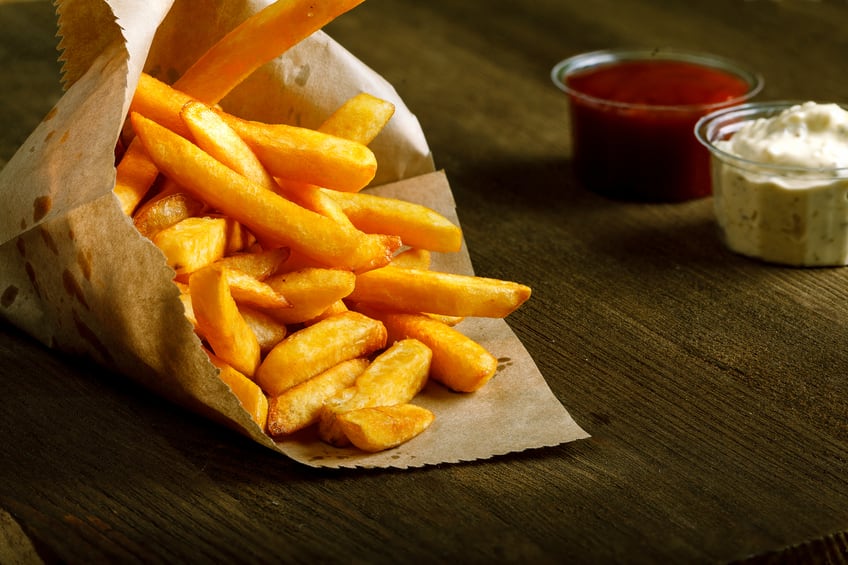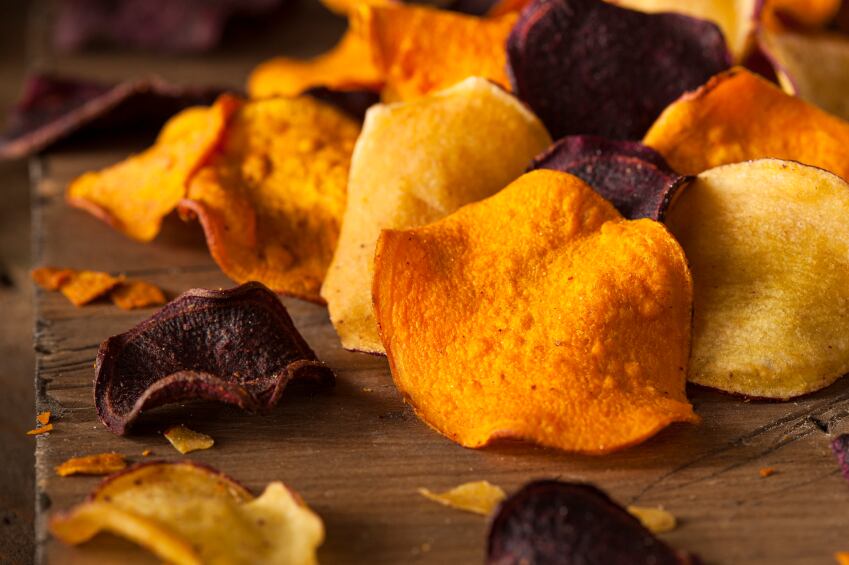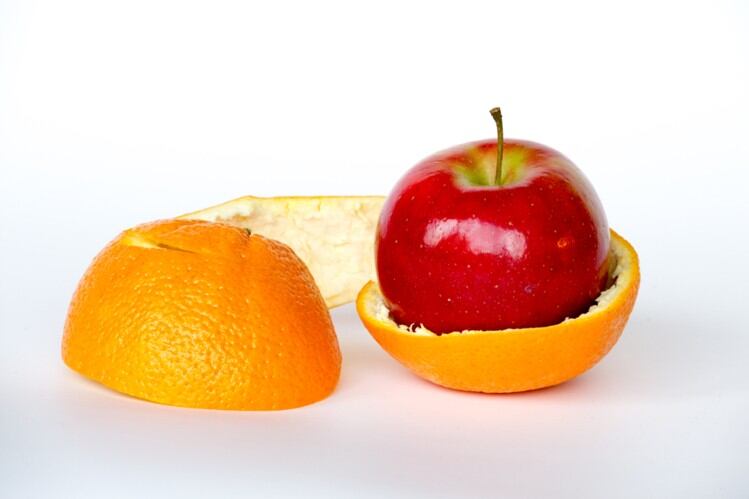European consumer organisation, the BEUC, and ten of its members across Europe collected samples of foodstuffs known to be at risk of acrylamide contamination. Accredited laboratory analysis of 532 samples found for “most of the food categories tested”, results were “compliant with benchmarks set in the law”.
“Most, if not all, analysed samples of coffee, chicory, breakfast cereals, toasted bread, crackers, ginger bread and French fries were found to be within the acrylamide benchmarks,” the consumer lobbyist wrote in a letter to DG SANTE director Sabine Juelicher.
Acrylamide risk factor

Acrylamide is a chemical that naturally forms when starchy food such as potatoes or cereals is baked, fried or roasted at above 120°C.
Acrylamide is a suspected carcinogen that has been linked to the development of cancer. Children are believed to be particularly susceptible to ill-effects because of their reduced body weight.
In 2010, the Joint Food and Agriculture Organisation and World Health Organisation Expert Committee on Food Additives (JECFA) concluded that “acrylamide is a human health concern”.
Meanwhile, the European Food Safety Authority (EFSA) produced a 2014 report confirming evaluations that acrylamide in food potentially increases the risk of developing cancer for consumers across all age groups and, in 2015, EFSA concluded that acrylamide in food is a public health concern.
However, the BEUC did flag areas for concern.
Acrylamide ‘hotspots’: Biscuits, wafers and vegetable crisps
Biscuits and wafers were a category where “additional efforts are undoubtedly needed”, the BEUC said. One-third of biscuit and wafer products tested came in at or above the acrylamide benchmark.
Exposure to acrylamide is a particular concern for young children due to their lower body weight. Pointing to items like digestive biscuits, BEUC stressed infants and young children also frequently eat these products. When compared against the benchmarks for biscuits aimed at infants, two-thirds of items tested by the consumer watchdog were not compliant.
Of products marketed at young children, 13% of the baby food, 7.7% of the potato crisps and 6.3% of the biscuits tested were above the benchmark level.
“Many parents give their young children biscuits and wafers that are primarily intended for older children and adults. The Commission should then propose to bring down the acrylamide benchmark for regular biscuits, so it gets closer to the one for baby biscuits. That would more efficiently protect our little ones, who are most vulnerable to acrylamide effects due to their lower body weight,” Monique Goyens, director general of BEUC, argued.
Vegetable crisps were another category where relatively high levels of acrylamide were found. A total of 27 analyses were carried out and an average acrylamide content of 1121 µg/kg was detected, with a median value of 830 µg/kg. This is almost double the median value for acrylamide levels in tested potato crisps. However, a benchmark level for acrylamide in vegetable crisps has not yet been established, BEUC noted.
Goyens continued: “The Commission should at least define indicative benchmarks for acrylamide in these trendy snacks to force producers to minimise the presence of this harmful substance.”

As low as reasonably achievable?
Ultimately, the BEUC wants to see much stricter mandatory regulations governing the acrylamide content of food.
The EC’s benchmark levels for acrylamide in food products, introduced last year, are based on the ALARA principle (as low as reasonably achievable). Food manufacturers, fast-food chains and restaurants must ensure acrylamide levels in their products remain below indicative benchmarks set in the law.
The BEUC believes regulators should take a harsher stance and impose mandatory maximum levels of acrylamide content. According to the organisation, the high levels of compliance demonstrate "benchmarks are easily met by most products in the category", meaning it is possible to produce products with low acrylamide content.
Techniques to reduce acrylamide vary depending on the category and application.
In potato-based products include using potato varieties less likely to develop acrylamide, storing them properly, and frying them at minimum temperature.
There are also multiple ingredient options on the market that have been designed to prevent the formation of acrylamide with a minimal impact on taste and texture.
Late last year Irish taste and nutrition company Kerry signed a licensing agreement with Renaissance BioScience Corp to manufacture, sell and distribute Renaissance’s non-GMO acrylamide-reducing yeast enzyme, Acryleast.
Meanwhile, Novozymes offers solutions for a range of products – from baked goods and breakfast cereals to coffee and French fries – under its Acrylaway range.
Elsewhere, Royal DSM offers PreventASe and PreventASe XR, asparaginases that prevent the formation of acrylamide in a “wide range” of baked goods and snacks without, the company says, impacting taste, texture or shelf-life. In this way, food producers can reduce acrylamide levels by up to 95%, depending on the type of application, DSM noted.
"To incentivise additional efforts by manufacturers, benchmarks should be based on the best, not the worst, performers," BEUC stressed in its letter to European safety regulators.
“This EU-wide test proves that it is possible to produce crisps, chips or cereals with low acrylamide content. But as long as the measures are voluntary, some manufacturers will not take the issue seriously and consumers might still be exposed to high acrylamide levels,” Goyens argued.
“To oblige food makers to pay more attention to this contaminant, the EU Commission must set binding limits, as we have repeatedly called for.”
Binding maximum limits ‘impossible’
Reducing levels of acrylamide is an issue that the European food and drink industry “takes seriously”, a spokesperson for FoodDrinkEurope told FoodNavigator.
Food business operators have worked to mitigate acrylamide cooperatively since its discovery in 2002, according to the industry body. An example of these efforts includes the upcoming publication this year of FoodDrinkEurope’s Acrylamide Toolbox. This will provide national and local authorities, manufacturers and other stakeholders with descriptions of interventions and steps that can reduce the formation of acrylamide in specific products and processes.
FoodDrinkEurope disputed the BEUC’s implication that existing legislation fails to take a hard-line against acrylamide. “Since April 2018, the new rules stipulate that food companies must make every effort to reduce as much as possible the levels of acrylamide in the foods they produce and to ensure that they do not exceed certain benchmark values. Its mandatory nature means compliance is strictly assessed and enforced as part of official controls,” the spokesperson claimed.
It is therefore “crucial” to allow food makers to demonstrate their mitigation efforts before considering binding maximum limits, FoodDrinkEurope argued. “The tests on acrylamide in food carried out by several BEUC member organisations confirm the effectiveness of the current approach.”
“FBOs should continue working to reduce levels of acrylamide in their products to the lowest levels reasonably achievable rather than based on a static binding level.”
The spokesperson elaborated: “Acrylamide formation is highly variable and binding maximum limits do not allow for sporadic irregularities in levels that result from natural variations in raw materials. Such outliers make it impossible to use pre-testing to monitor compliance with a binding maximum level across a production batch. Similarly, the availability of suitable raw materials (dependent on varietal, geographical and seasonal aspects) will make it difficult to establish binding maximum limits that are both stringent and workable across the EU.”




